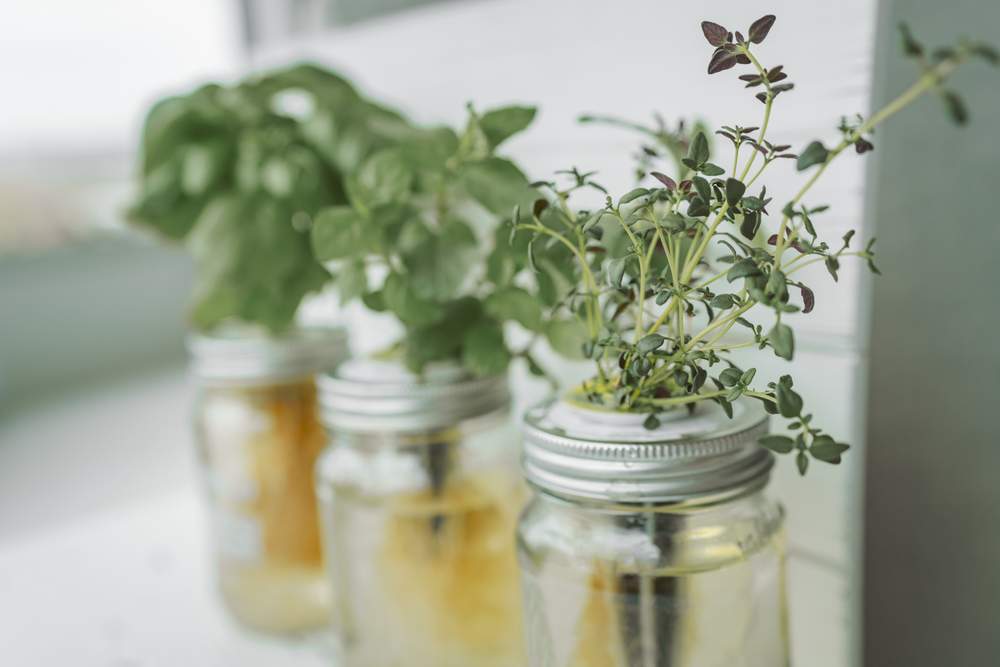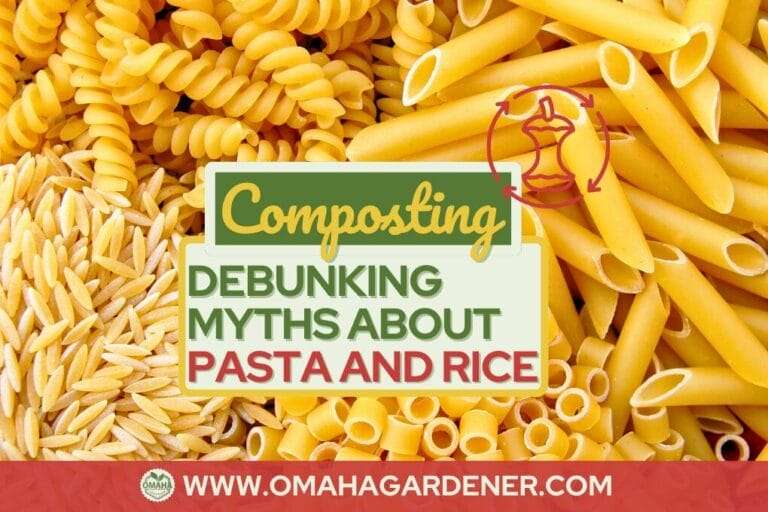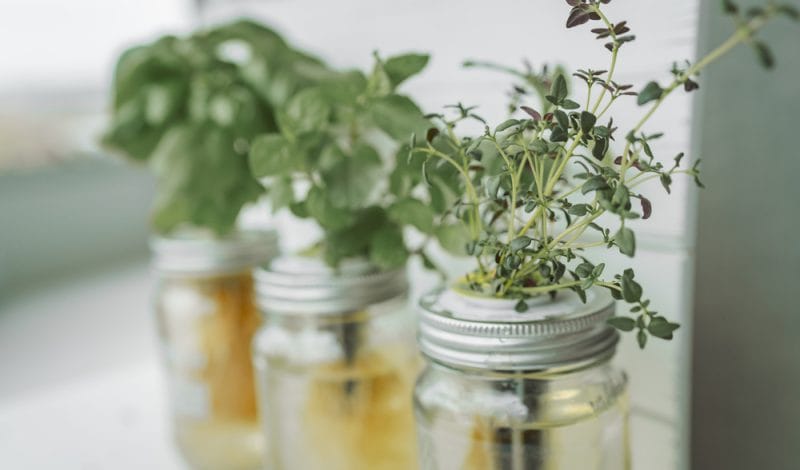
Growing herbs in water is a fun and easy way to bring some greenery into your home without the hassle of soil, pots, and regular watering. It is a great way to decorate your space and provides fresh herbs that you can use for cooking or medicinal purposes. With mason jars or used containers, a little care, and attention, you can easily grow various herbs in water and enjoy the benefits of a mini indoor garden.
In this article, we'll introduce you to the top 11 herbs you can grow in water and provide some tips on getting started.
Indoor herbs are easy to grow especially from stem cuttings.
Table of Contents
This technique is probably the best way of planting that I can advise if you are just starting as a gardener. I have experienced harvesting so much that I was even able to create a wonderful pesto sauce for the holidays a year ago! Let us begin this long list with my pesto sauce’s main ingredient and some of my favorite herbs.
1. Basil
Basil is an herb that can easily be grown in water. To do this, insert basil stem cuttings with leaf nodes in a container filled with water and place it in a well-lit spot.
The first question you might have in your mind right now is: “What’s a leaf node?” Well, it is the section of a plant's stem to which a leaf is attached. The leaf grows from the node, which is a small swelling or knot-like structure on the stem.
Why is it important for stem cutting to have that? It is because when this cutting is planted or immersed in water, the node produces roots and grows into a new plant.

Amazingly, they are really easy to grow in water! Replace the water in the container every few days, and make sure it receives enough sunshine where you put it. Move the roots into pots or the garden after they reach a length of around two inches.
Explore more on this in our article Growing Basil—Everything You Need to Know.
2. Oregano
When growing oregano in water jars, begin with a four- to six-inch clipping from a mature oregano plant. Make your cut just below a leaf node. Remove all of the leaves from the cutting's bottom two inches or so.
Afterward, put the cuttings in a jar with an inch or two of room-temperature water within it as soon as possible. Make sure you are putting it in place with accessible sunlight.

3. Thyme
To grow thyme in water, choose a cutting, remove the bottom half of the leaves, and immediately immerse the stems in a jar of water. Using a spray bottle, mist the area of the cuttings that is above the water's surface. Change the water in your container every two days.
Here are 3 considerations to keep in mind when choosing a cutting of thyme includes:
- Take cuttings from a thyme plant between the middle of spring and the beginning of summer.
- Choose a thyme stem with no flowers.
- Cut from the tip of the thyme plant, not from the bottom part of the stem.

Pro Tip: To Produce More Herb Branches – Cut the tip of the stem when you notice your cuttings are sprouting roots. By doing this, you stimulate the plant to produce branches.
4. Peppermint
Peppermint roots easily in water and thrive in the absence of soil. Peppermint cuttings should be taken just below a node from a healthy peppermint plant. Remove all of the leaves except for the ones at the very top. Put the cuttings in a container with about an inch of water immediately.
Along the growing duration, change the water in your container every 2-3 days to ensure your herb receives clean water. Be sure to keep your container in a warm, sunny location.

If you love minty scents, growing peppermint might be good for you! Check out our article on Mint Plants to explore more on this topic.
5. Lemon Balm
To begin growing lemon balm in water, take a stem cutting from a mature lemon balm plant. The cutting should be 4-6 inches long and have several leaves. Remove the leaves from the stem's bottom 2-3 inches, leaving only a few leaves at the top.
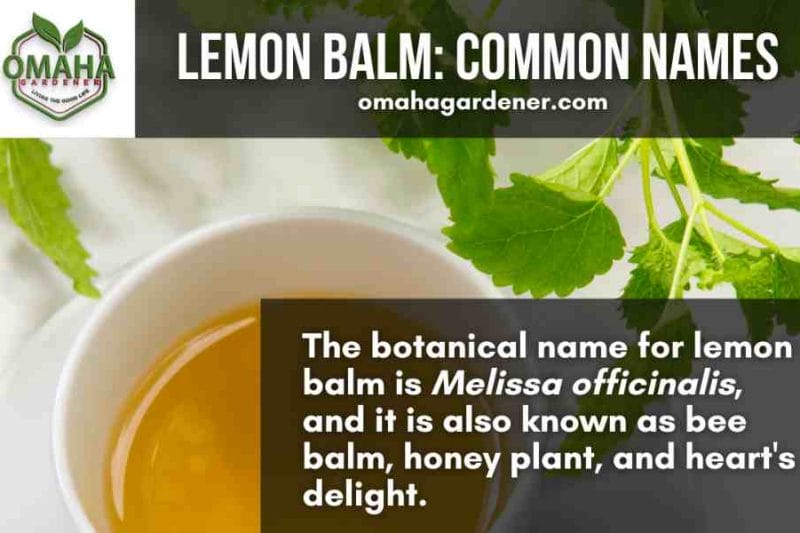
Here are important things to consider if you choose to grow lemon balm:
- Take the cuttings during the spring or fall.
- Place the jar in a warm area with lots of sunlight.
- Allow 3-4 weeks for your lemon balm cuttings to grow roots.
- Replace the water every other day.
- Optional: Move the cuttings into pots once the roots have grown long enough to pot in soil.
Lemon balm can also be a great tea! Learn more about growing your own tea garden in our article on From Seed to Sip. Did I mention that Lemon Balm tea is one of my favorites?
6. Rosemary
Rosemary is another herb that can grow well only in water. It is also a common practice for gardeners who want to transplant rosemary to soil afterward.
To grow rosemary in water, follow the steps that I outlined below:
- Cut a healthy rosemary stem cutting about 4-6 inches long. Choose a stem with some green growth at the tip that is not too woody.
- Remove the cutting's lower leaves, leaving only the top 1-2 inches of leaves.
- Place the cutting in a jar of clean water, ensuring that the bottom 2-3 inches of the stem is submerged.
- Avoid direct sunlight by placing the jar in a location that receives bright, indirect light.
- Change the water every few days to prevent bacteria growth and keep the water level consistent.
- After about 2-3 weeks, you should notice roots growing from the bottom of the cutting.
- If you want to transplant it in soil, place the rosemary cutting into a pot with well-draining soil once the roots are about 1-2 inches long. Water the newly planted cutting regularly and keep it in a sunny spot.
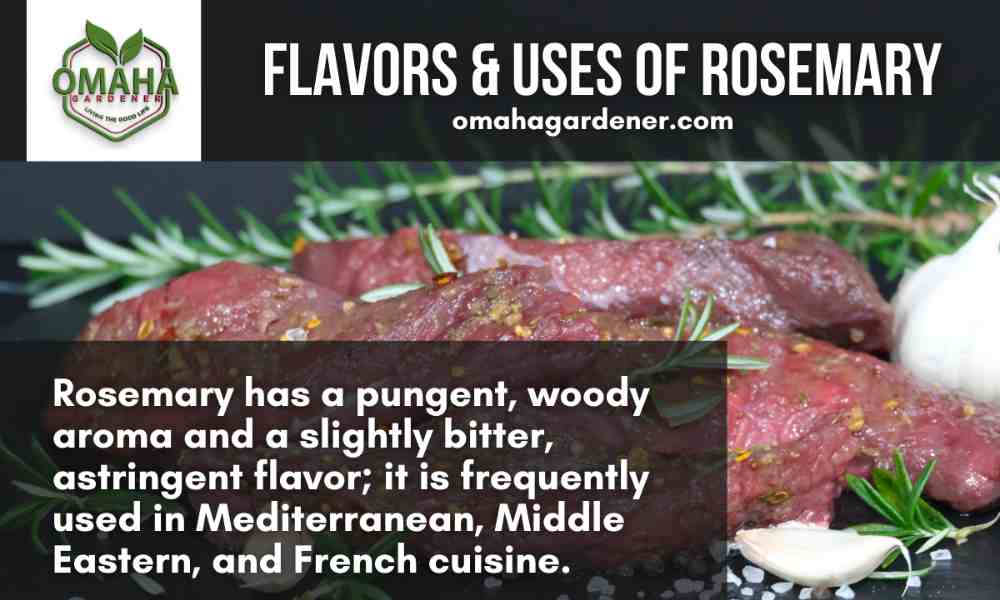
7. Stevia
Stevia is an interesting herb that one could grow in mason jars. It is widely used as a sugar alternative due to its sweetness. Stevia plants can also be propagated by seed, but cuttings are more commonly used because they produce plants that are genetically identical to the parent plant.

Stevia: A Sugar Alternative!
I am sure you see the pattern and grasp the process: Growing stevia cuttings in water is a quick and easy way to start new plants. Follow the steps below to harvest that additional natural sweetness in your kitchen!
8. Cilantro
Cilantro cuttings must be removed before the host plant flowers if the plant is to retain its distinctive cilantro flavor. Remove the bottom leaves from the cuttings and place them in a glass jar filled with water. After the roots have grown long enough, transfer the rooted cutting to a container of soil and place it in a bright area.
If you are curious about how long you should let your cilantro grow, here’s the quick answer: 2 months!

9. Sage
To grow sage, pick three to four-inch long cuttings from a healthy sage plant in the spring. Place the clippings in a jar of fresh water with the cut end down. Find a location with proper ventilation and sunlight for the sage cuttings to grow. Make sure to refresh the water every other day.
You might be wondering why ventilation is important when growing herbs.
This is because poor ventilation makes your herbs more prone to diseases such as powdery mildew. Note that locations with more moisture favor the growth of microorganisms such as fungi and bacteria, which are enemies of our plants! So we should not let them grow in our growing sites. Thus, we need to ensure that our window herb garden is well-ventilated.
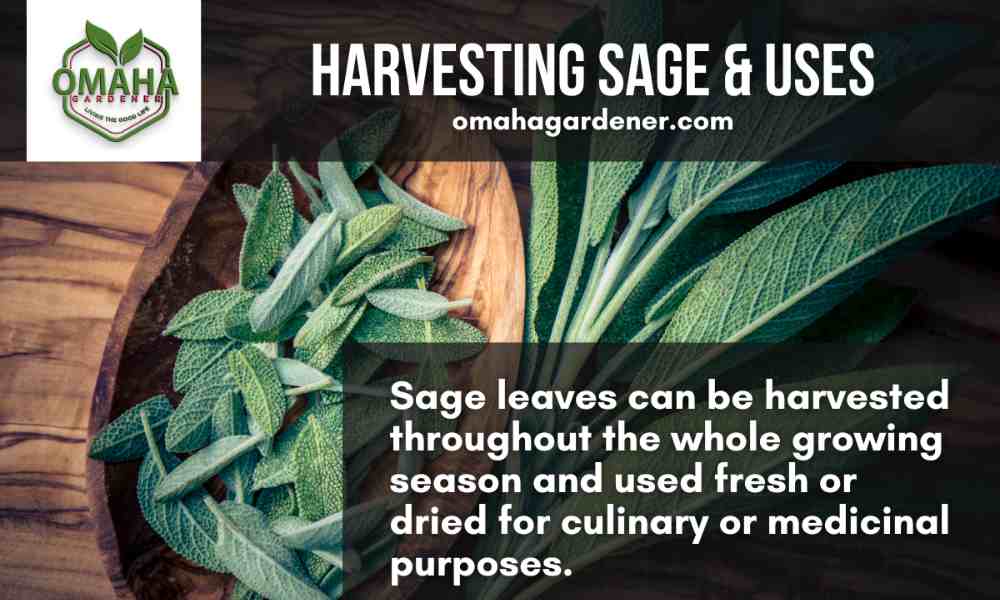
10. Chives
Chives are an onion family member that is very easy to grow and can be used in various recipes. Make sure this herb has plenty of water and sunlight to thrive. Consider adding hydroponic fertilizers to the water to give your herbs a nutritional boost for a longer harvest.
As a great spice for any recipe, I know we are all interested in this herb. Amazingly, they can grow easily in a hydroponic setup. You need to get chives with the bulbs (these could be from those chives at your grocery store!) and put them in jars with water; they’ll grow from there.
You can even cut them for consumption; then, they’ll regrow after a week or so.
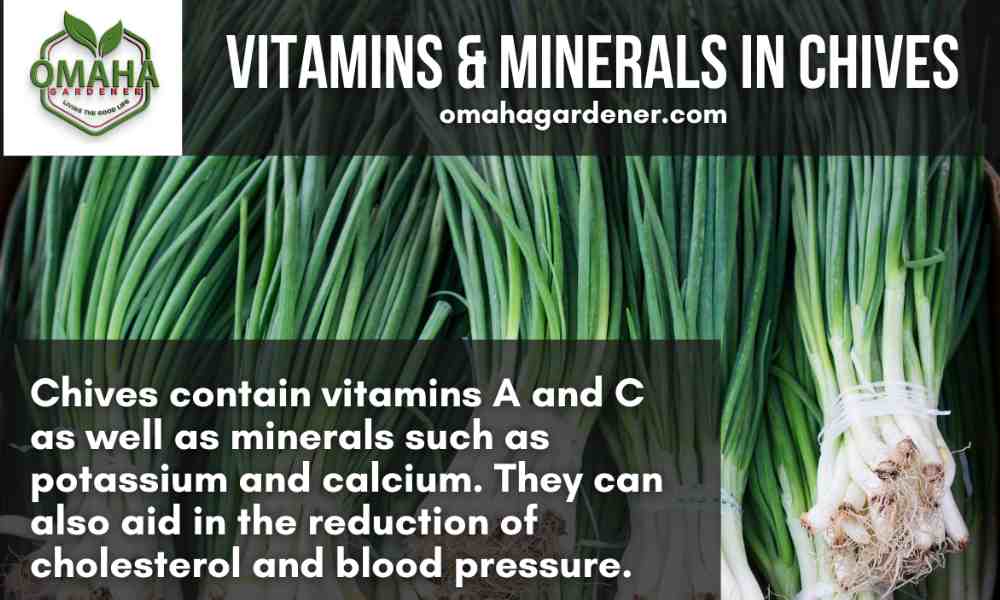
11. Dill
Dill is a fast-growing herb that can be grown in water or soil. Dill can be harvested in soil by clipping the leaves or the entire stem of the plant. Dill can be used in various dishes, including dips, sauces, soups, and salads.
To grow dill:
- Cut a healthy dill stem cutting about 4-6 inches long.
- Discard the cutting's lower leaves, leaving only the top 1-2 inches of leaves.
- Put the cutting in a jar of clean water, ensuring that the bottom 2-3 inches of the stem is submerged.
- Avoid direct sunlight by placing the jar in a location with bright, indirect light.
- Every few days, change the water.
- Roots should begin to grow from the bottom of the cutting after about 1-2 weeks.
- Harvest dill leaves at least 2 months after they have reached maturity.
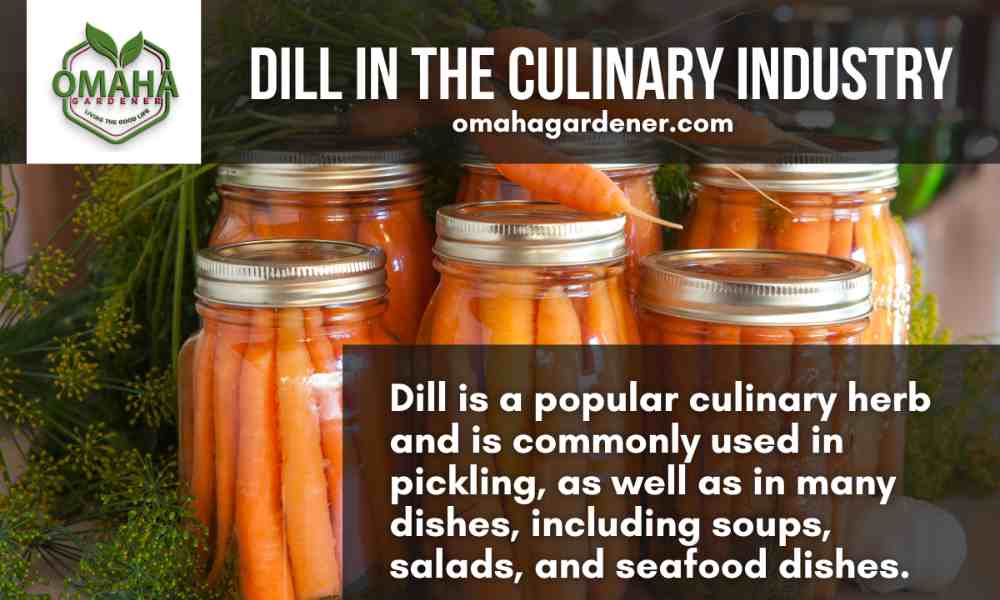
You can also check this amazing video to elevate your ideas on the endless possibilities of window herb gardening!
Benefits of Using Sanitized Pruners
For starters, when you use unclean pruners, you face the danger of disseminating illnesses and diseases to the plants you are taking cuttings from. This is because bacteria, fungi, and viruses can be present on the edges of the pruners and can be transmitted to the plant as you make the cut.
Secondly, using uncleaned pruners can cause the cuttings to become infected or struggle to take root. This may decrease the potential for successful propagation.
Utilizing sterilized pruners can reduce the risk of illnesses and contagions and boost your likelihood of success when propagating cuttings. To sterilize your pruners, you can use a mixture of one-part bleach to nine parts water or a commercial disinfectant specifically created for gardening tools. Ensure to completely clean and dry your pruners before and after each use to maintain their potency.
FAQs – Herbs That You Can Grow in Water
What is stem cutting?
Stem cutting is a horticultural and gardening technique in which a section of a plant's stem is removed from the parent plant and rooted to produce a new plant. Typically, stem cuttings are taken from the parent plant's new growth when the stem is still young and flexible.
Which part of the plant is the most appropriate to use as cuttings?
The terminal stem section is the most preferred part of the plant to use as cuttings because it is the least mature and at the end of the stem section. This is necessary because most active plant cells are concentrated in that area.
Why are flowering stems not used as material for stem cutting?
This is because flowering is a competition for root development. Flowering is a complex process that may interfere with the growth of your cuttings. Many gardeners remove the flower buds from cuttings to improve, speed up, and allow the plant to focus on root development.
Conclusions
In conclusion, the world of indoor herb gardening has never been more accessible and rewarding than when you choose to grow herbs in water. Whether you're an experienced gardener or just starting out, this method offers a convenient way to have a fresh supply of aromatic herbs right at your fingertips, ready to elevate your culinary creations or enhance your well-being.
From the vibrant green of basil to the soothing scent of rosemary, these 11 herbs provide a wealth of possibilities for your indoor garden. By following the simple techniques of stem cutting and placing them in water, you'll witness the miracle of new roots sprouting and the herbs flourishing. It's a fascinating process that connects you to the cycle of life and growth in the most accessible way.
But it's not just about the joy of gardening; there are practical benefits too. With these herbs thriving on your countertop, you'll have a fresh source of ingredients for your favorite dishes, ensuring that every meal bursts with flavor and aroma. Furthermore, many of these herbs possess medicinal properties, allowing you to harness their natural healing abilities for your well-being.
As you embark on this journey of growing herbs in water, remember the importance of using sanitized pruners. Keeping your tools clean not only protects your herbs from potential diseases but also maximizes your chances of success.
Begin Your Adventure
Now, it's your turn to turn your kitchen into a haven of herbs, a place where you can savor the joys of nurturing life and enjoy the flavors and scents that only fresh herbs can provide. So, go ahead and get started on your indoor herb garden today.
Are you ready to bring the magic of growing herbs in water into your life? Don't wait any longer. Grab your mason jars or used containers, select your favorite herbs, and embark on this delightful journey of cultivation. With a little care, attention, and guidance in this article, you'll soon have a flourishing mini indoor garden.
So, what are you waiting for? Let's get growing! Start your indoor herb garden now and experience the satisfaction and pleasure of cultivating your fresh herbs. Whether you're a seasoned gardener or a novice, this method is accessible and rewarding. The world of herbs is at your fingertips, waiting to enhance your culinary creations and elevate your well-being. Happy gardening!
Don't be a stranger, follow us on social media.

